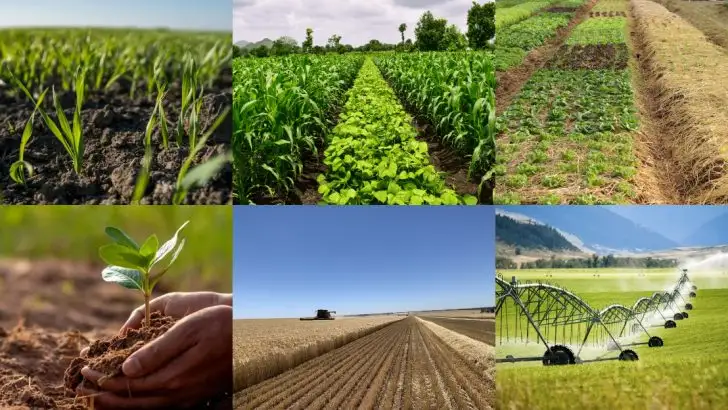Skip crop rotation once, and your garden will remember. Not with a polite nudge, but with wilting leaves, stubborn pests, and soil that just gives up on you. This isn’t a quirky gardening tip—it’s survival. Your tomatoes? They’re holding a grudge. The truth is, plants don’t like sloppy seconds. They want fresh soil, new neighbors, and a clean start. Keep planting the same thing in the same spot, and you’re basically opening a buffet for every root-muncher in the neighborhood. But when you rotate? It’s like hitting reset—pests get confused, diseases pack their bags, and your soil gets to breathe. It’s science with a sprinkle of garden magic. So if you’re tired of sad harvests and mystery problems, stick around. These 12 reasons might just save your next planting season— and keep your garden from plotting its revenge.
Soil Fertility Enhancement

Imagine your field as a buffet for plants. By rotating crops, you’re not only offering a fresh menu but also replenishing essential nutrients. Different plants consume different nutrients, so rotating them keeps the soil balanced and fertile.
When corn depletes nitrogen, a legume like beans can replenish it. This natural balance prevents the need for artificial fertilizers, promoting organic farming.
The process increases the soil’s organic matter, enhancing its structure and moisture retention. Healthier soil means healthier plants, making crop rotation a win-win for the environment and your yield.
Pest and Disease Control
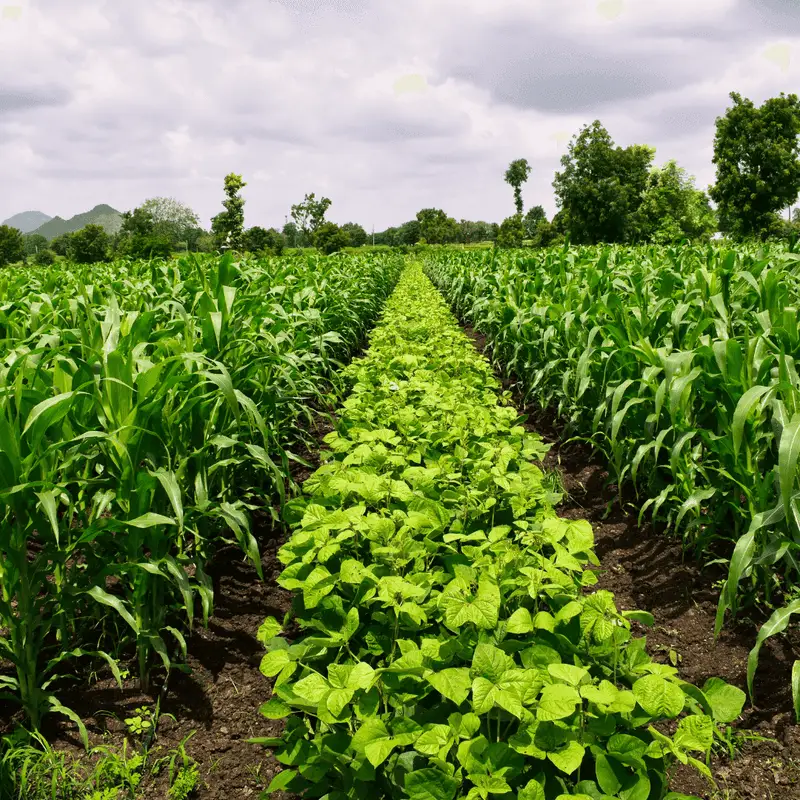
Pests can be the uninvited guests ruining your farm party. Crop rotation breaks their life cycles, reducing their persistence and impact.
Each plant attracts specific pests; rotating crops confuses these pests, leaving them searching for their usual feast. Think of it as changing the locks on a pest’s favorite restaurant.
The reduction in chemical pest control means fewer toxins in your produce and environment. This approach fosters biodiversity, encouraging beneficial insects to thrive, thus naturally keeping pest populations in check without harsh chemicals.
Weed Suppression
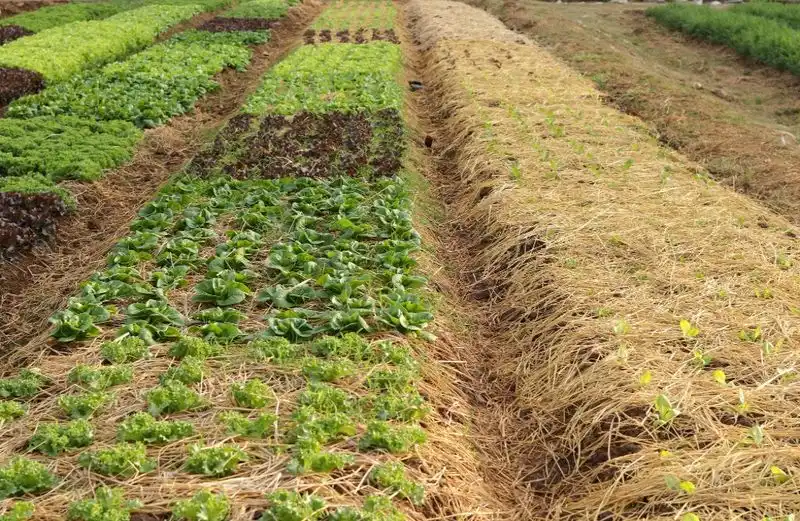
Weeds can be formidable foes in the garden of growth. Crop rotation disrupts their cycle, reducing their ability to thrive.
By planting crops that overshadow weeds or grow faster, you naturally suppress these unwanted competitors. It’s like inviting a strong friend to help keep bullies away.
Less reliance on herbicides means a more organic approach to farming. Rotating crops changes the field environment, making it difficult for weeds to adapt and overrun your plants, thus preserving your resources and efforts.
Improved Soil Structure

Think of soil structure as the foundation of a sturdy house. Crop rotation enhances this foundation by varying root structures and organic matter.
Different crops have different root systems that interact uniquely with the soil. This interaction reduces compaction and increases aeration, improving water infiltration and reducing erosion.
The diverse root systems break up hard soil and add organic matter, transforming your field into a thriving ecosystem. This not only supports plant health but also makes your soil resilient to environmental challenges, ensuring long-term productivity.
Enhanced Biodiversity

Biodiversity on your farm is like a vibrant community festival, buzzing with life. Crop rotation introduces a variety of plants to the field, promoting a habitat for different species.
With diverse crops, you attract a range of insects and animals, creating a balanced ecosystem. This biodiversity acts as a natural pest deterrent, reducing the need for chemicals.
It enriches the soil with a variety of nutrients, enhancing its fertility and resilience. A biodiverse farm is a robust environment, adapting to changes and thriving despite challenges.
Yield Maximization
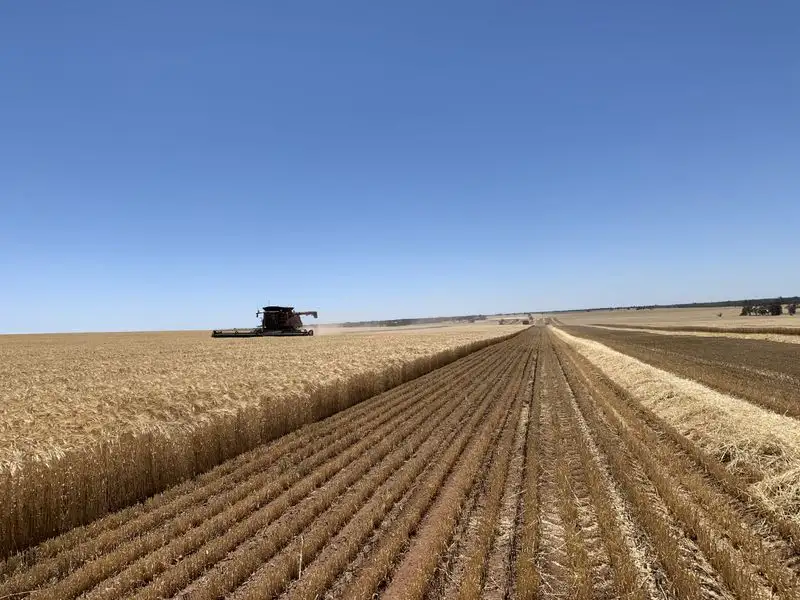
Maximizing yield is every farmer’s dream, and crop rotation is a key player. By maintaining soil health, you ensure a stable nutrient supply for your plants, boosting productivity.
Rotated crops face fewer pests and diseases, resulting in healthier plants and increased yields. Think of it as providing your plants with a personal bodyguard.
Moreover, crop rotation helps in utilizing soil resources effectively, minimizing competition among plants. This harmonious growth environment means more bountiful harvests and happier farmers.
Erosion Control

Erosion can wash away the very foundation of productivity. Crop rotation with cover crops helps protect against this threat, holding the soil together.
Cover crops, like grasses and legumes, create a protective blanket, reducing the impact of rain and wind on bare soil. This natural cover acts as a shield.
The added organic matter from diverse crops enhances the soil’s ability to retain moisture and nutrients. This fortified soil foundation prevents erosion, securing your farm’s future against natural wear and tear.
Water Usage Efficiency
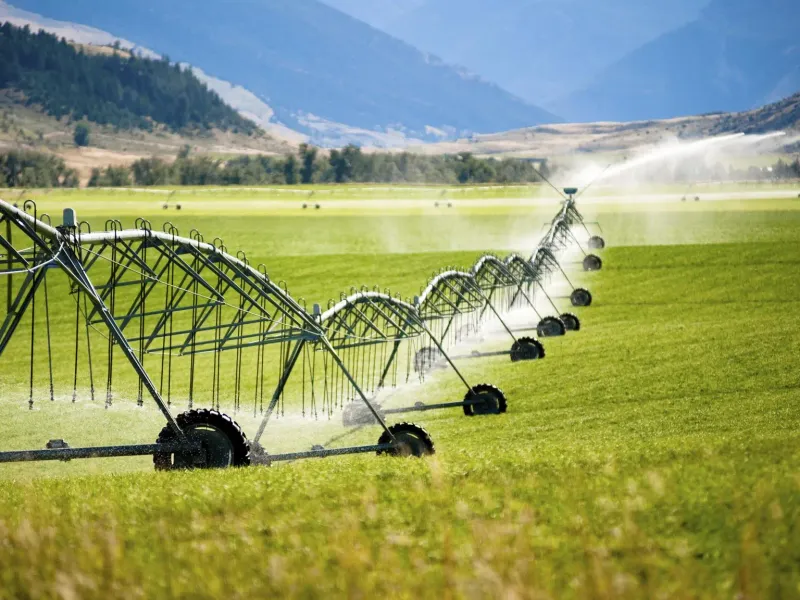
Efficient water usage is crucial, especially in drought-prone areas. Crop rotation aids in maintaining soil moisture and reducing water runoff.
Different crops have varying water needs and root depths, optimizing water use and reducing wastage. It’s akin to tailoring your water supply to meet each plant’s unique requirements.
The improved soil structure from rotation enhances moisture retention. This means less irrigation is needed, conserving water resources and reducing costs, while promoting sustainable farming practices.
Reduction in Soil Compaction

Compacted soil is like a traffic jam for roots. Crop rotation helps reduce this by alternating plant types with different root structures.
Deep-rooted plants naturally aerate the soil, breaking up compact layers and allowing better penetration for water and nutrients. This natural tilling process is like giving your soil a refreshing massage.
Less compaction leads to healthier, more robust plant growth, ensuring that your farm remains productive and responsive to agricultural demands.
Increased Resistance to Adverse Conditions
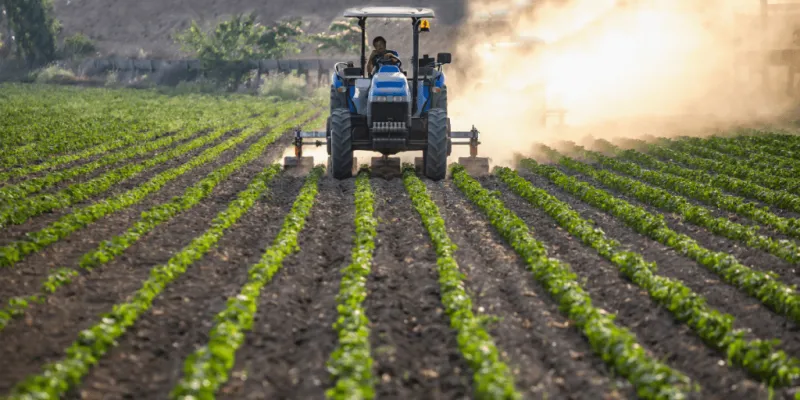
Adverse conditions test the mettle of any farm. Crop rotation boosts resilience, ensuring plants withstand challenges like drought or heavy rain.
Diverse crops with varied root systems and nutrient needs fortify the soil, stabilizing it against weather extremes. It’s like equipping your farm with a survival kit.
This resilience means fewer losses and more reliable harvests, turning potential setbacks into manageable hurdles. A robust field is a farmer’s best ally against nature’s unpredictability.
Cost Efficiency
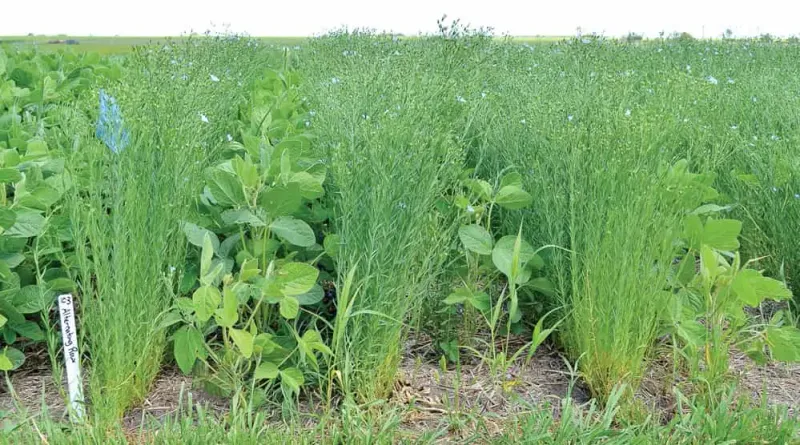
In farming, saving a penny can feel like earning a dollar. Crop rotation reduces the need for chemical fertilizers and pesticides, cutting down costs.
With healthier soil and plants, there’s less reliance on expensive interventions. The natural balance maintained by rotation promotes pest control and soil fertility.
Moreover, improved yields mean higher returns, maximizing profit margins. This frugal approach ensures that sustainable farming doesn’t break the bank, offering economic and environmental benefits.
Nutrient Cycling
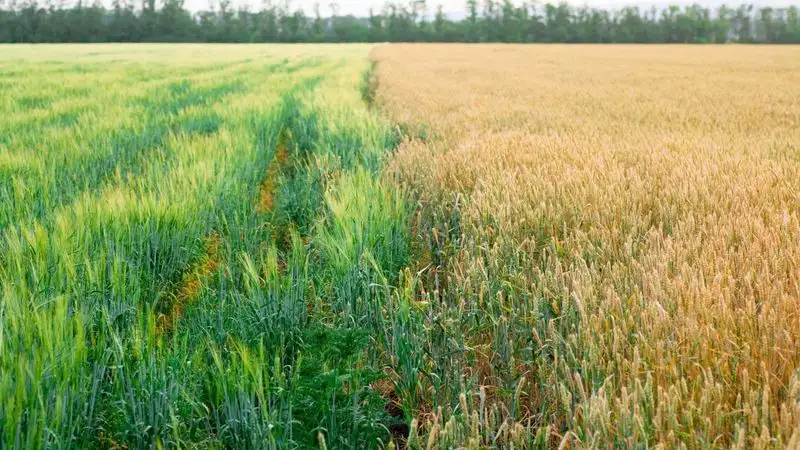
Nutrient cycling is the quiet hero of crop rotation. It ensures nutrients are used efficiently and replenished naturally.
Different crops absorb and return nutrients in unique ways, creating a dynamic cycle that prevents depletion. It’s like having a continuous supply of fresh groceries.
This sustainable practice reduces the need for synthetic fertilizers, promoting a healthier ecosystem. By embracing nutrient cycling, you’re investing in the long-term vitality of your soil and crops, ensuring that your farm remains bountiful.

